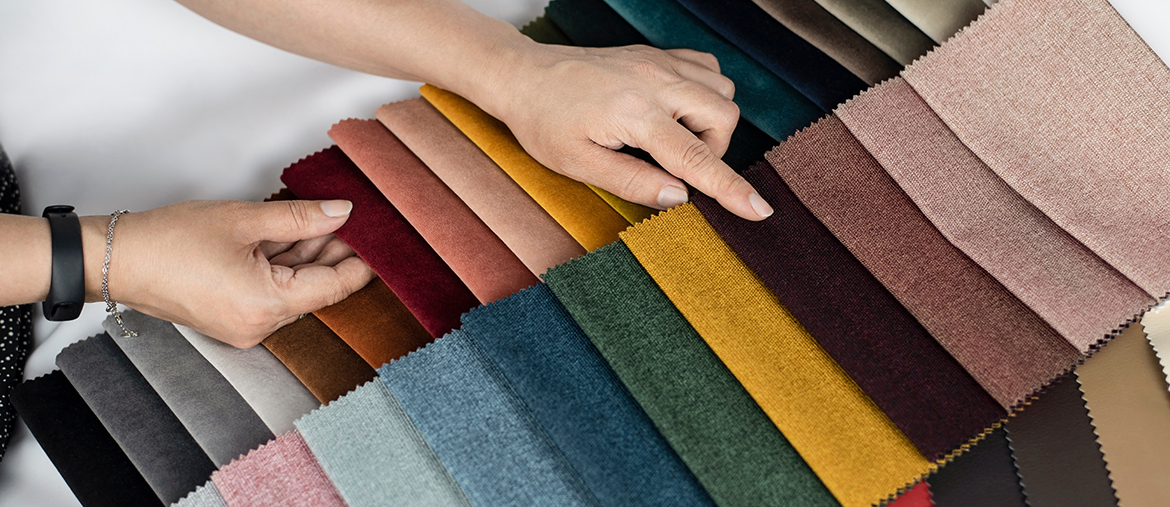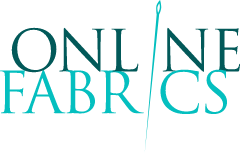Top Tips for Effective Fabric Sourcing: A Must-Read for Designers1 December 2023
Introduction to Effective Fabric SourcingFabric sourcing is a critical aspect of the fashion and design industry. It's not just about finding materials; it's about discovering the essence of your next big project. Our latest blog guides you through the intricate world of fabric sourcing, offering top tips to make your journey both successful and enjoyable. Understanding Fabric QualitiesTypes of FabricsEach fabric has unique characteristics, from natural fibres like cotton and silk to synthetic wonders like polyester. Knowing these will help you make informed choices. Determining Fabric QualityQuality is paramount. Look for durability, texture, and colourfastness. Remember, high-quality fabric can elevate your design from good to great. Establishing Your Fabric Sourcing GoalsDefining Your NeedsClearly define what you need regarding fabric type, texture, and function. This clarity will streamline your sourcing process. Budget ConsiderationsBe realistic about your budget. It's about finding the best quality within your price range, not compromising your design for cost. Building Relationships with SuppliersFinding Reliable SuppliersA trustworthy supplier is worth their weight in fabric. Attend trade shows, read reviews, and seek recommendations. Of course, we recommend you use Online Fabrics! Negotiating Terms and PricesBuild a rapport with suppliers. Good relationships can lead to better prices and terms. Don't be afraid to negotiate. Sustainability in Fabric SourcingEco-Friendly OptionsSustainability is not a trend but a necessity. Look for organic, recycled, or sustainable fabrics. Long-Term Sustainability PracticesThink long-term. Sustainable sourcing is not just about the fabric but also about ethical practices and reducing carbon footprint. Trends and Market AnalysisKeeping Up with Fashion TrendsStay informed about current trends. They can influence your fabric choices and help you stay relevant. Market Demand AnalysisUnderstand your market. What works for high fashion might not suit mass market needs. Quality Assurance and TestingConducting Fabric TestsTest for shrinkage, colour bleeding, and durability. These tests can save you from future disappointments. Ensuring Consistent QualityConsistency is key. Ensure that every batch of fabric meets your standards. Logistics and TimingPlanning for TimelinesFabric sourcing can be time-consuming. Plan accordingly and factor in potential delays. Handling Shipping and CustomsUnderstand the logistics. Shipping costs and customs regulations can affect your timelines and budget. Leveraging Technology in Fabric SourcingDigital Tools and PlatformsUtilise digital platforms for sourcing. They offer a wide range of options and convenient communication channels. The Role of AI and Data AnalyticsEmbrace technology. AI and data analytics can predict trends and improve sourcing efficiency. Dealing with ChallengesCommon Sourcing IssuesBe prepared for challenges like supply chain disruptions and quality inconsistencies. Problem-Solving StrategiesDevelop a problem-solving mindset. Quick thinking and flexibility can turn challenges into opportunities. Case Studies and Success StoriesLearning from Industry LeadersStudy the success stories of industry leaders. Their journeys can provide valuable insights. Innovative Sourcing SolutionsInnovation is crucial. Explore new technologies and unconventional sources for fabrics. Expert Tips and TricksInsider AdviceListen to the experts. Their tips can be a goldmine of information. Mistakes to AvoidLearn from others' mistakes. It can save you time, money, and resources. Future of Fabric SourcingEmerging TrendsStay ahead of the curve by keeping an eye on emerging trends in fabric sourcing. Predictions for the IndustryThe future is digital, sustainable, and innovative. Be ready to adapt and evolve. Effective fabric sourcing is a blend of art and science. It requires a keen eye, a thorough understanding of materials, and a strategic approach. By following these tips, you're not just sourcing fabric; you're weaving the future of your designs. FAQsWhat are the key factors to consider when sourcing fabric?Key factors include the type and quality of the fabric, sustainability, cost, supplier reliability, and current market trends. How can I ensure sustainability in fabric sourcing?Opt for eco-friendly options like organic, recycled, or sustainable fabrics and engage in practices that reduce carbon footprint and promote ethical sourcing. What are the common mistakes to avoid in fabric sourcing?Common mistakes include overlooking quality for cost, not testing fabrics adequately, poor supplier relationships, and ignoring market trends. How has technology impacted fabric sourcing?Technology, especially AI and data analytics, has made trend prediction and efficiency in sourcing more accessible, alongside digital tools that enhance communication and selection processes. What future trends should designers be aware of in fabric sourcing?Designers should be aware of the increasing importance of digital and sustainable sourcing, evolving fabric technologies, and the global shift towards more ethical sourcing practices.
|




